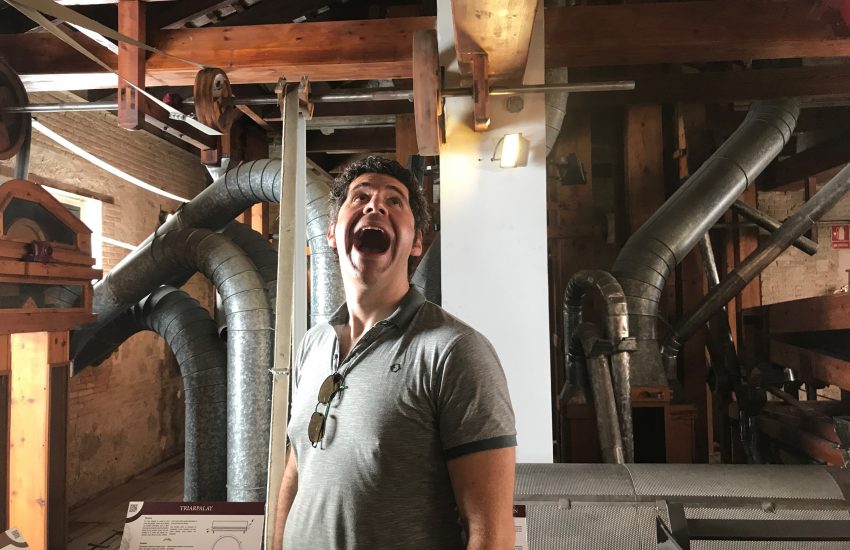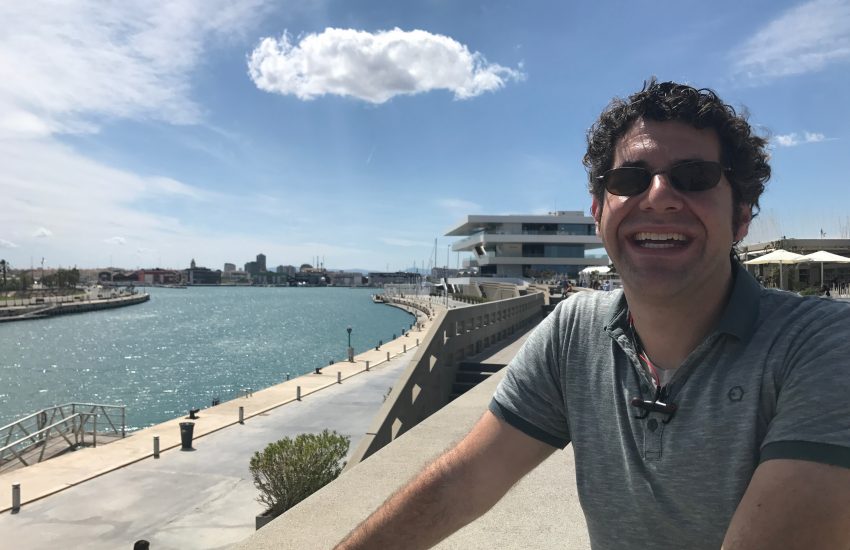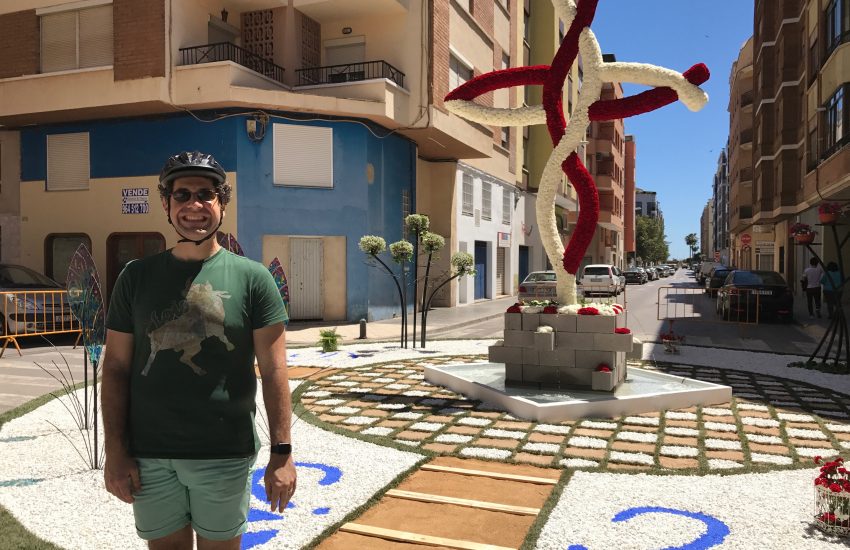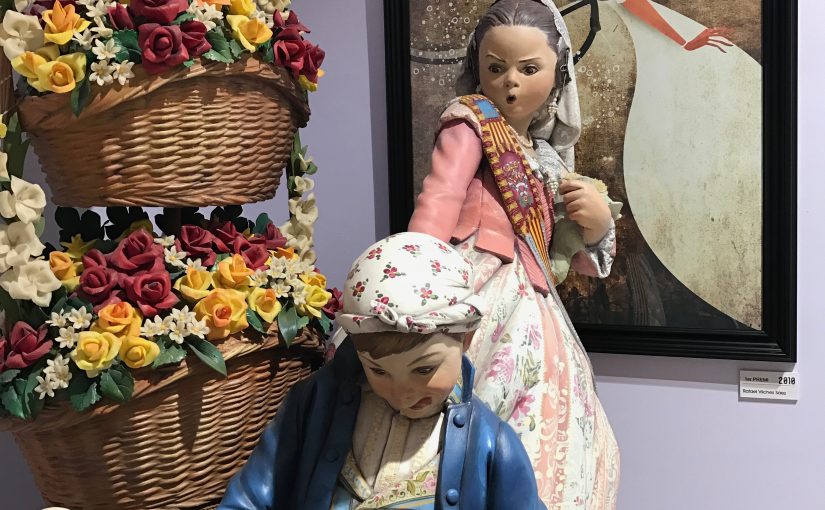The last weekend in June (also our last in Burriana), we took advantage of having a car for our move to go to a few out-of-the-way spots that were still on our Valencian Community bucket list. First stop: the Monastery of Santa María in El Puig. Puig is Valenciano for “hill,” and indeed the monastery lies atop a large one. Guided tours are only given on a very specific schedule – there are no freeform visits, and of course it’s closed on Sunday. We decided to go on Saturday afternoon after the lunch descanso. Jaume I, the king who conquered much
Continue reading


